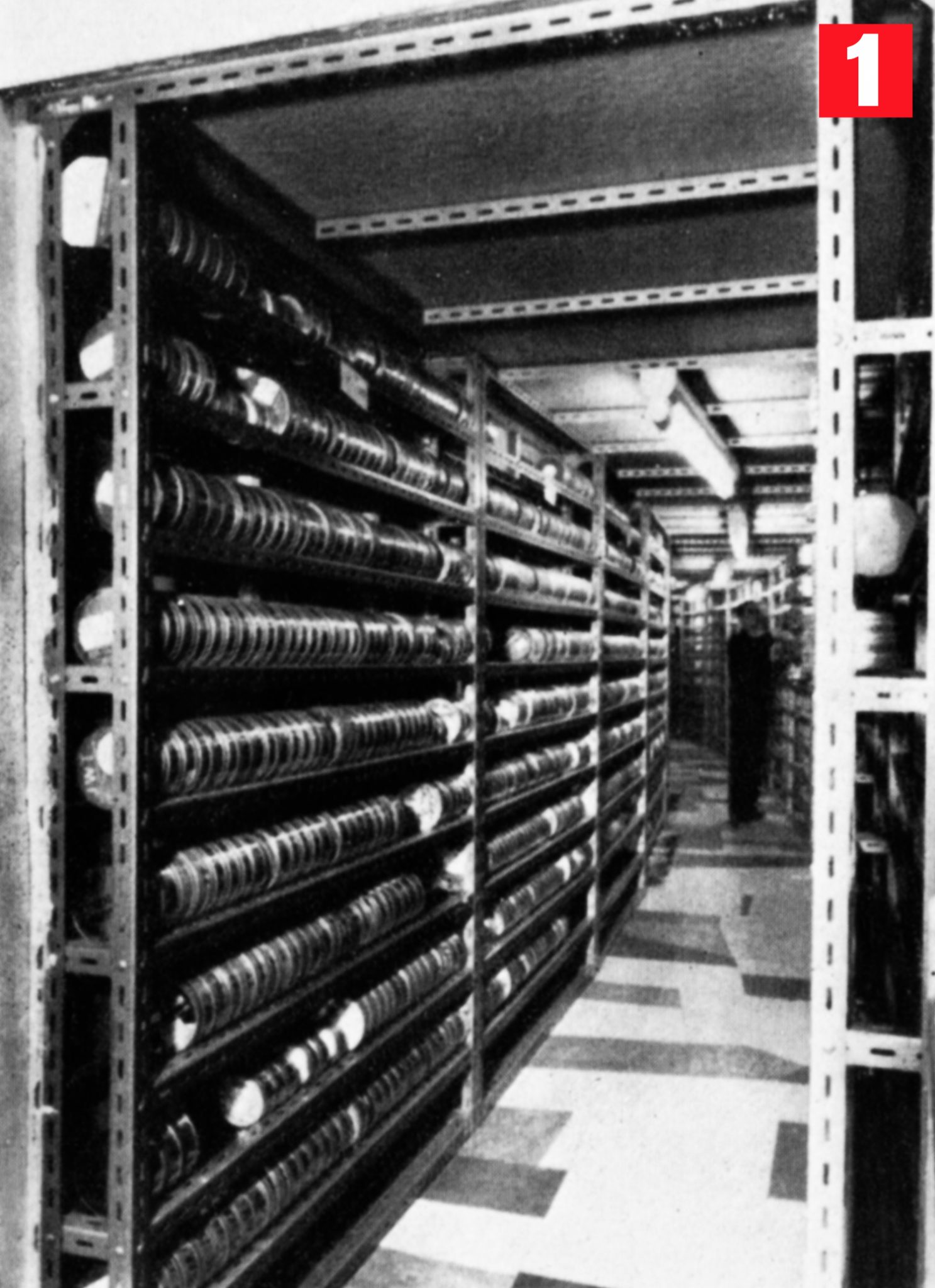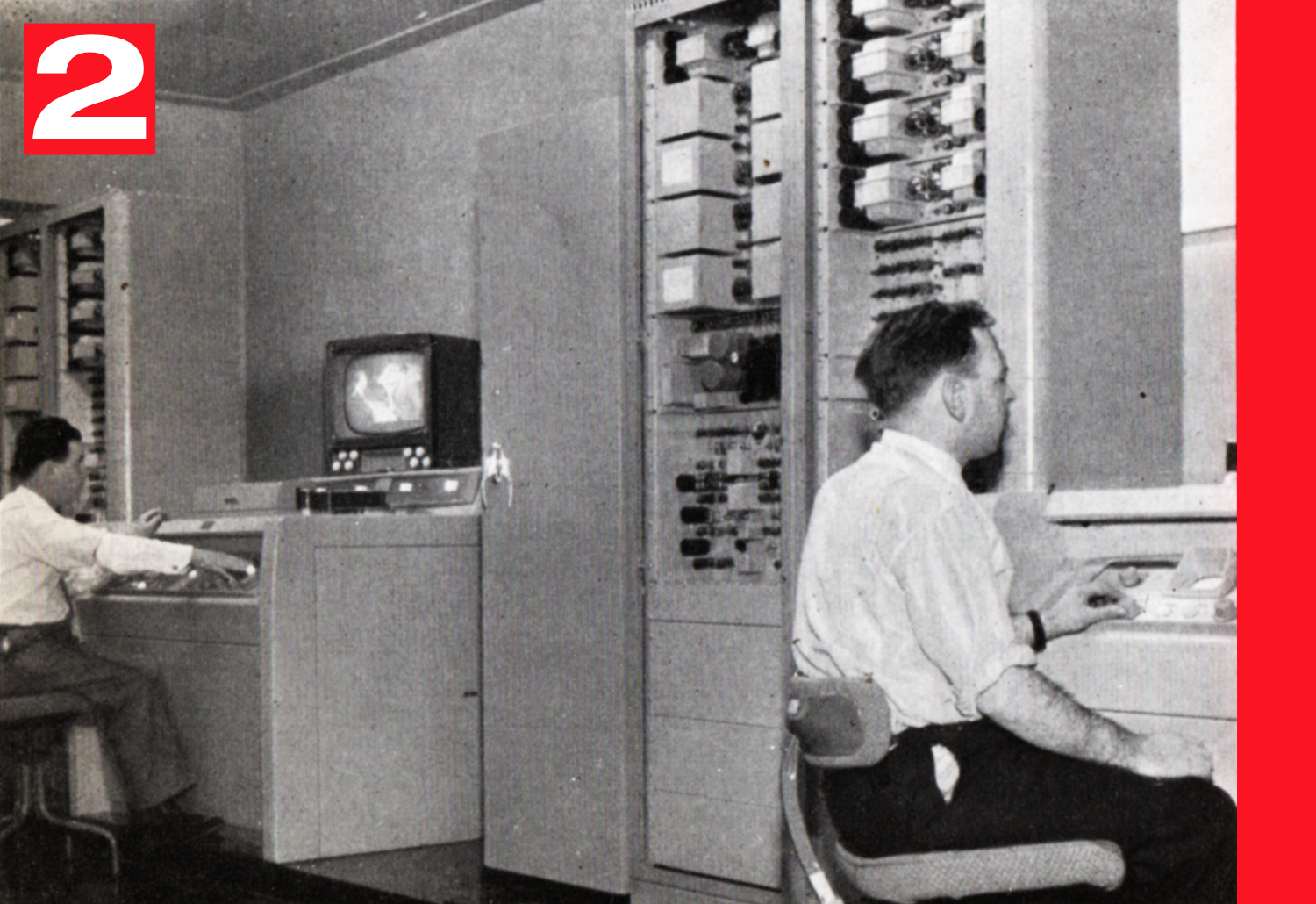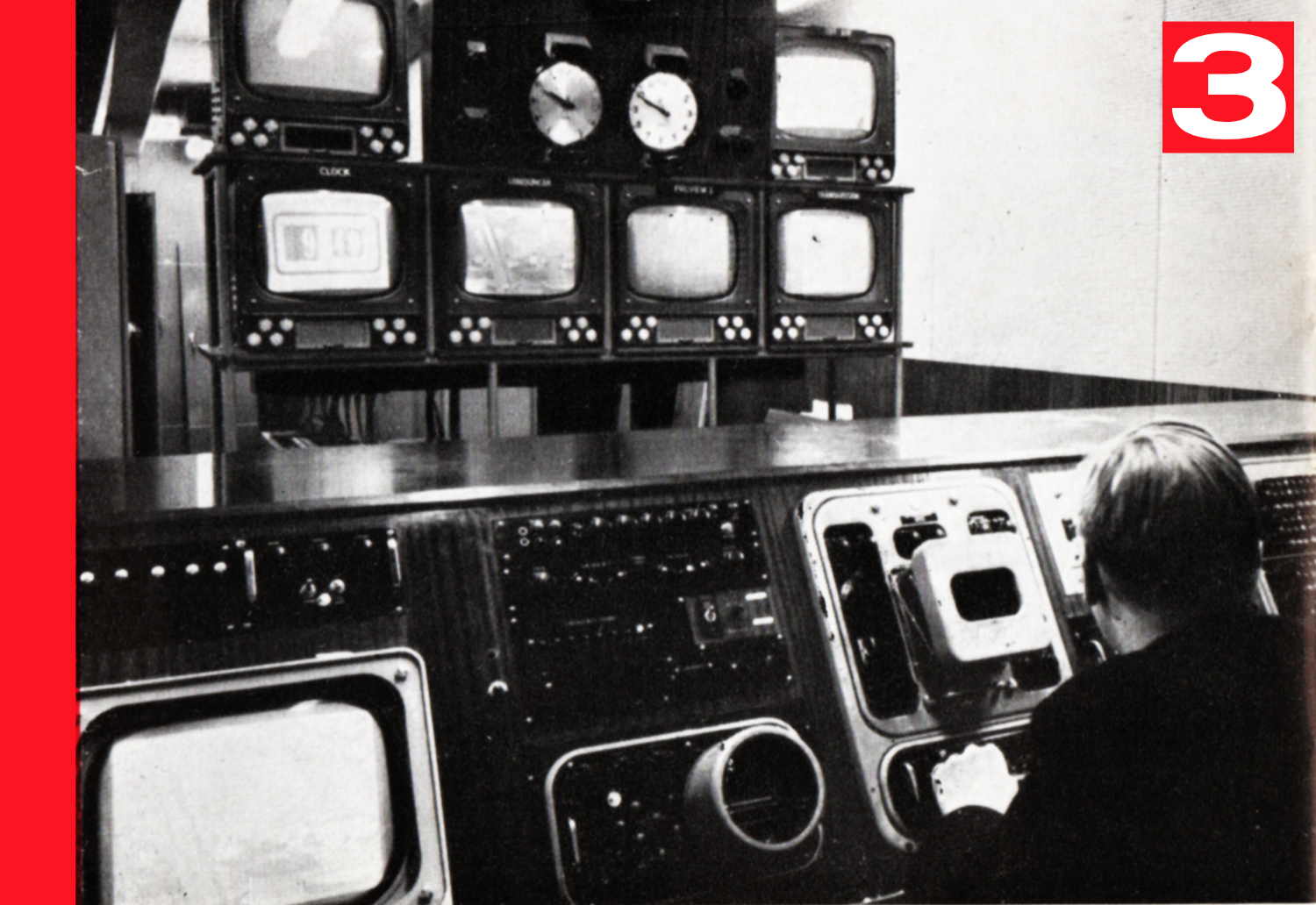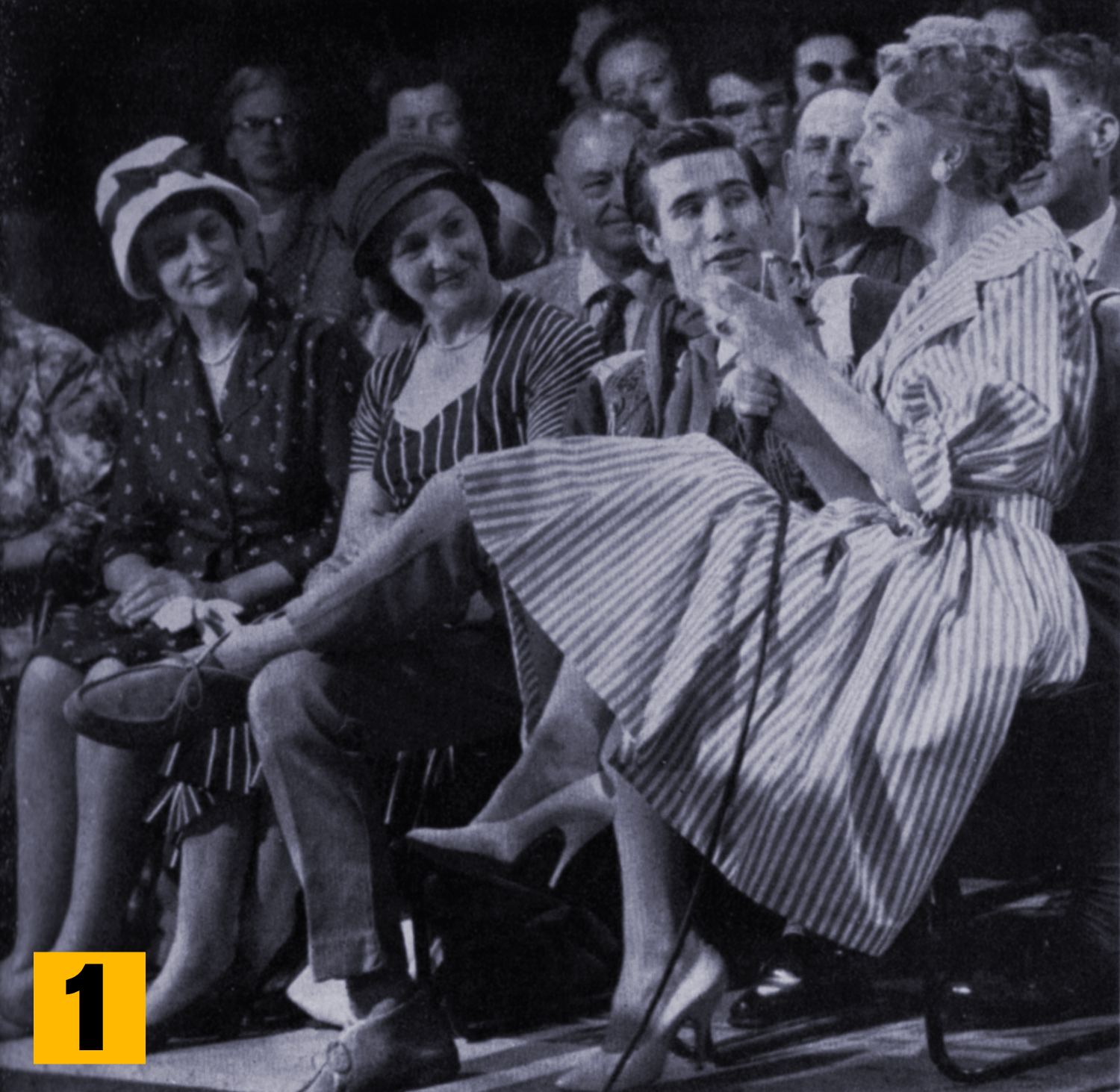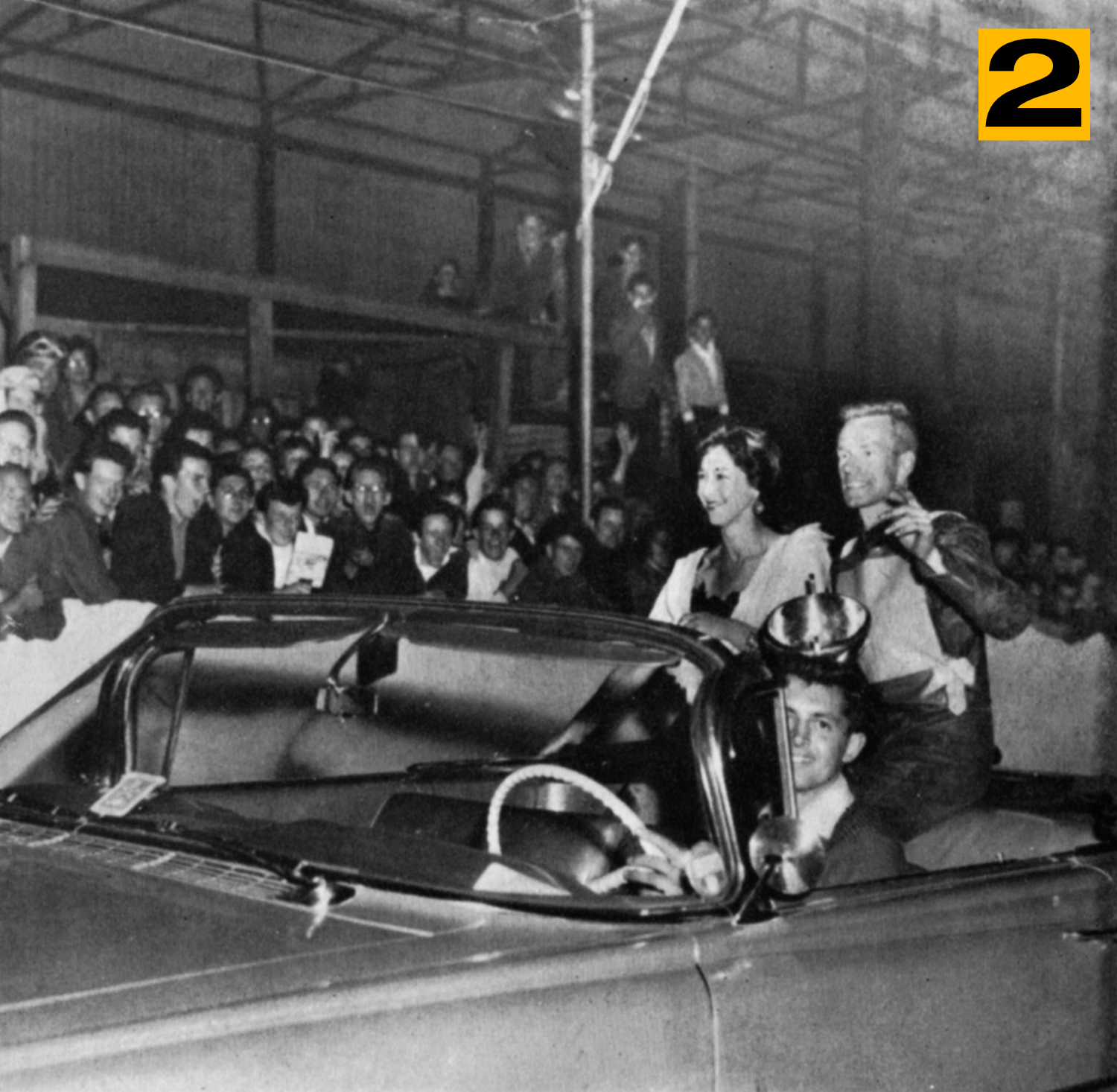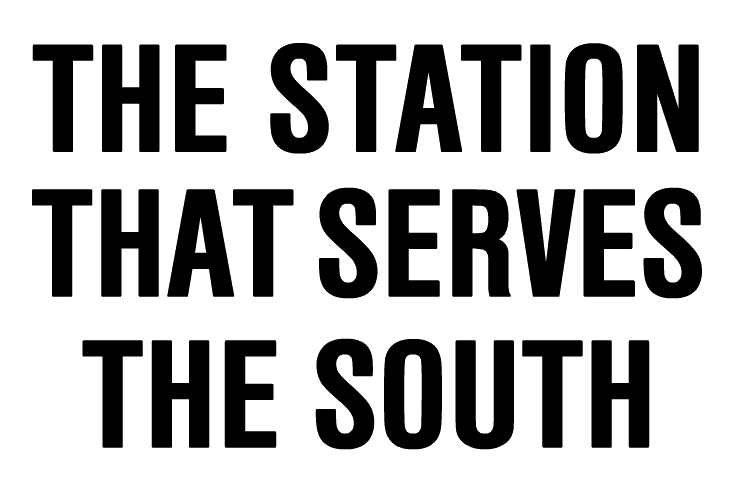

What sort of station did Southern Television set out to be? What image of itself has it projected?
Above all, Southern is a regional station. It serves the South, and the people of the South. It brings them southern news, southern features, southern personalities, and it looks at the wider world from their standpoint. It is their own television station, not a remote impersonal colossus.
Southern is a responsible station. It knows it has a duty to give people the best — and it tries very hard to do so. It is alive and alert — and young in heart.
Let its programmes speak for themselves.
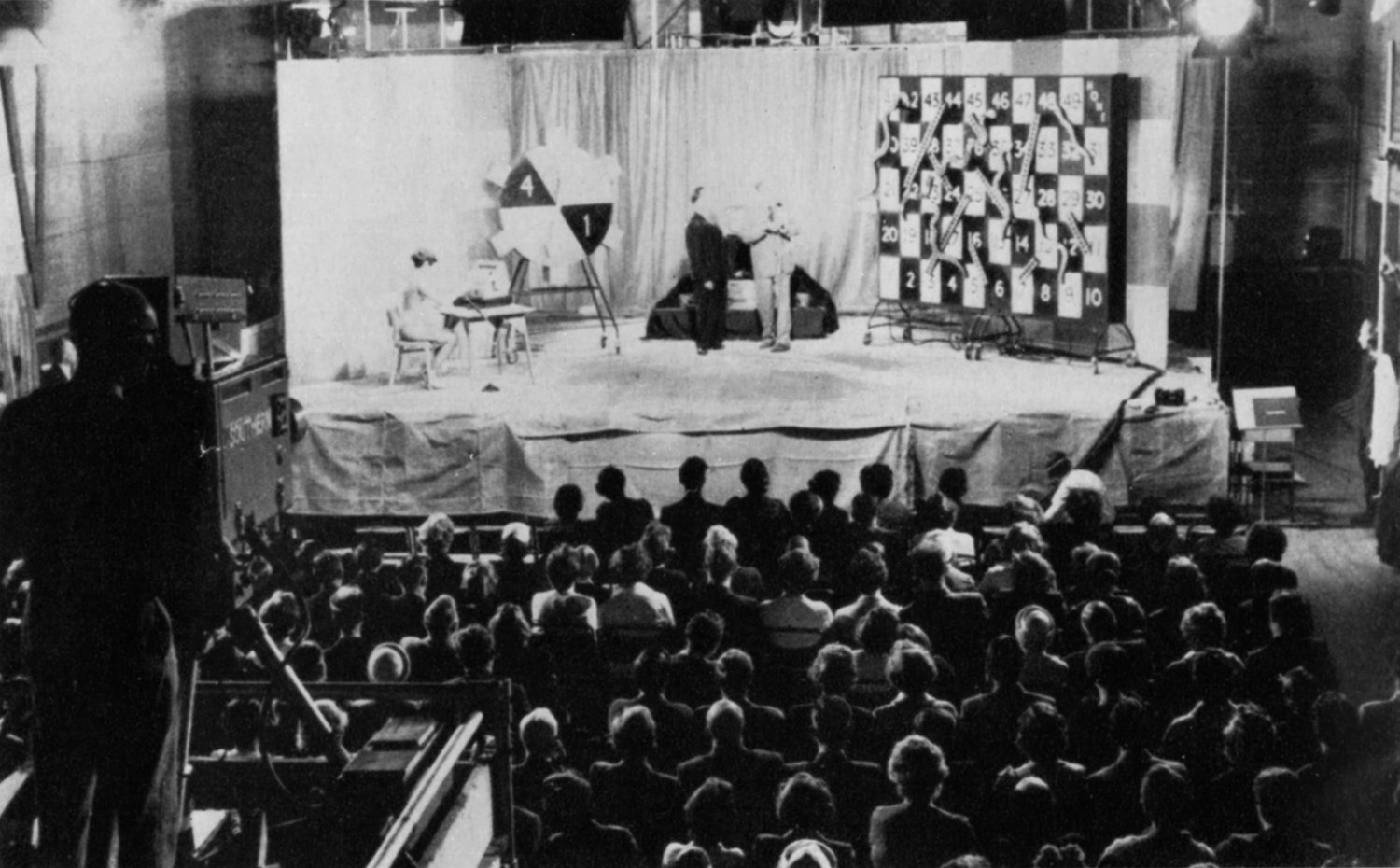
3 Recruiting of local talent is taken very seriously. Hundreds of amateurs from southern towns were auditioned for “home grown” — in which viewers’ votes could win performers cash prizes.
4 Southern Television is in on the most significant events — and the most entertaining. “southern affairs” is the news magazine which holds up a mirror to the South. Here is Mr. Macmillan being interviewed during a visit to the South.

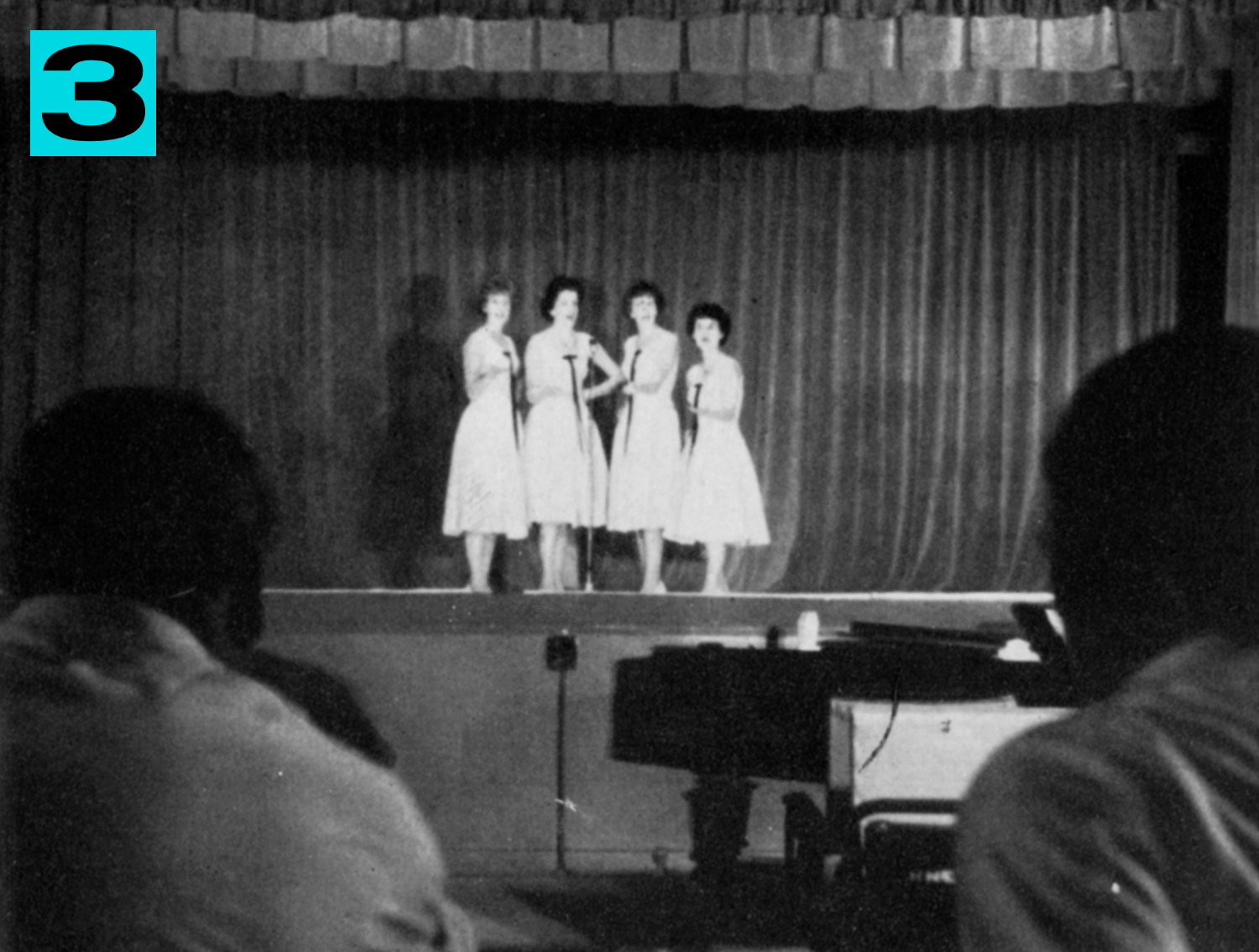
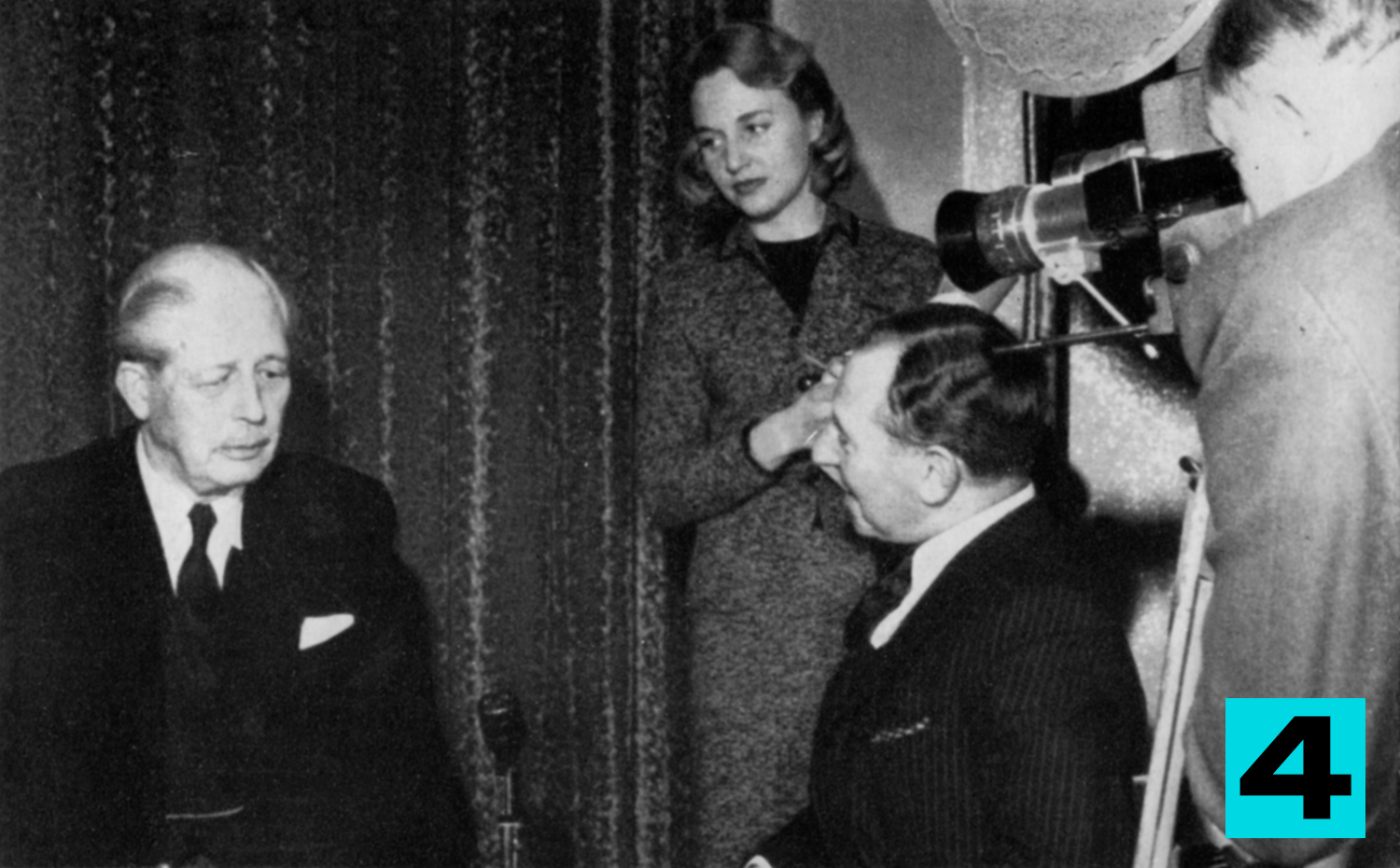
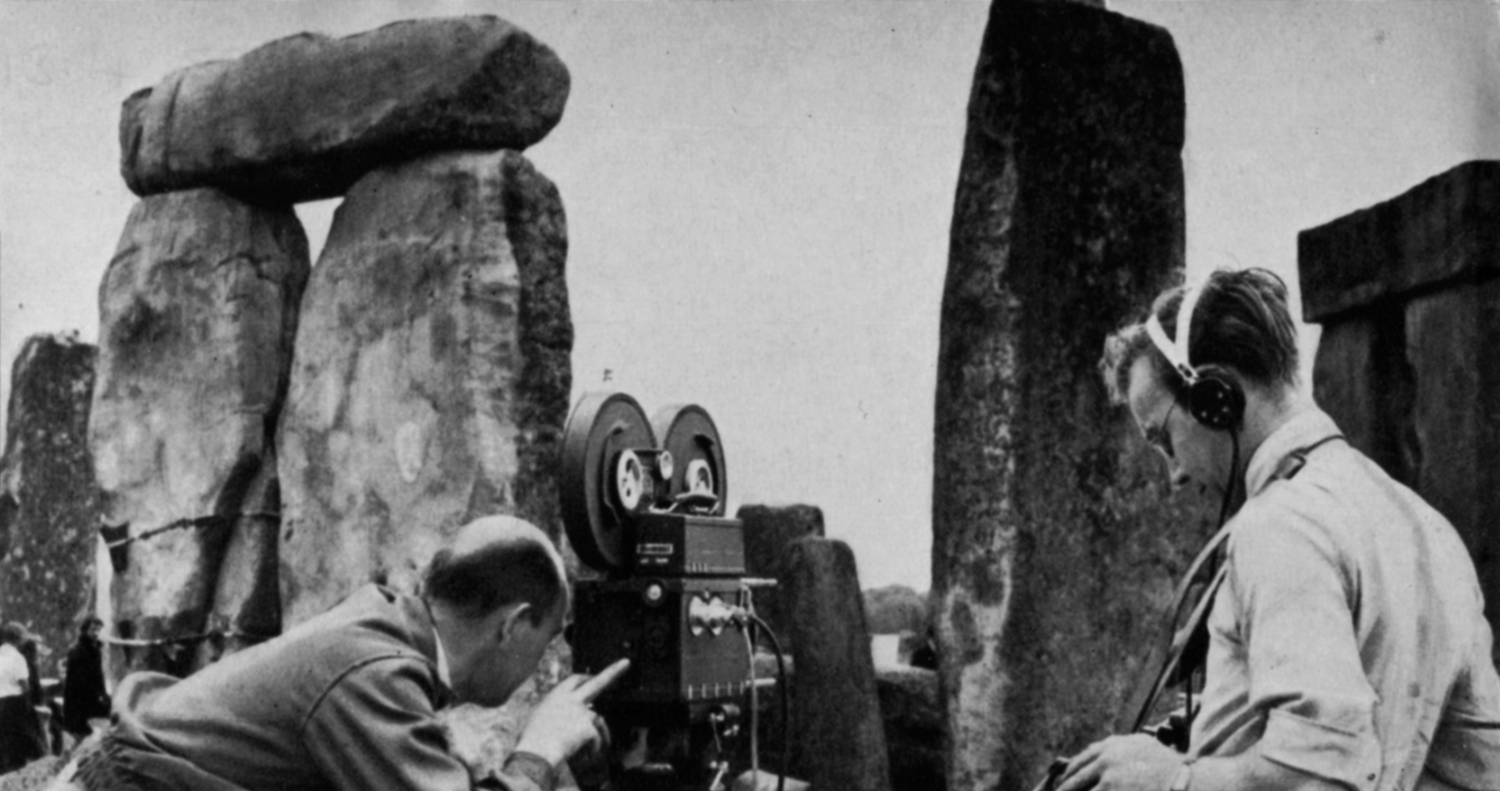
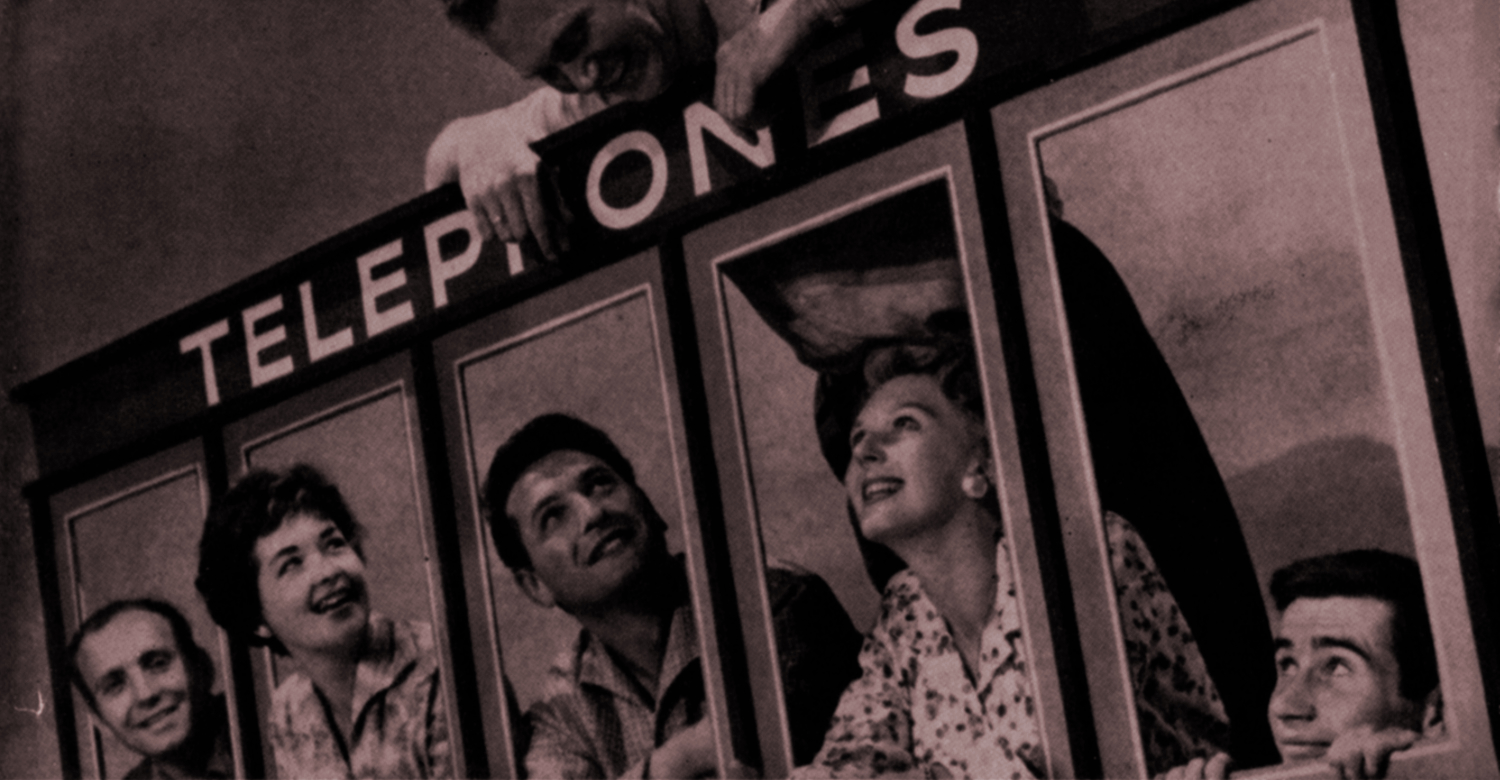
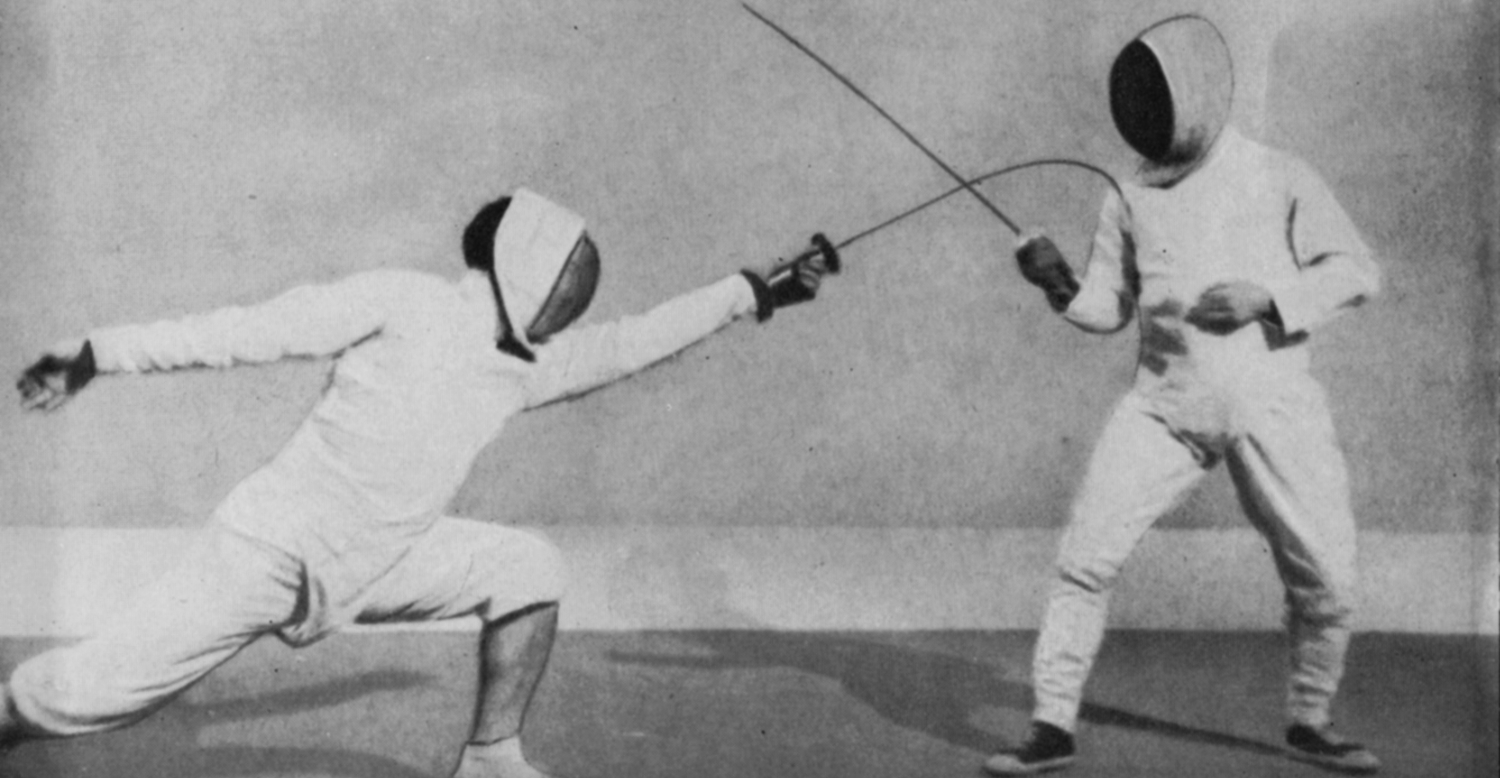
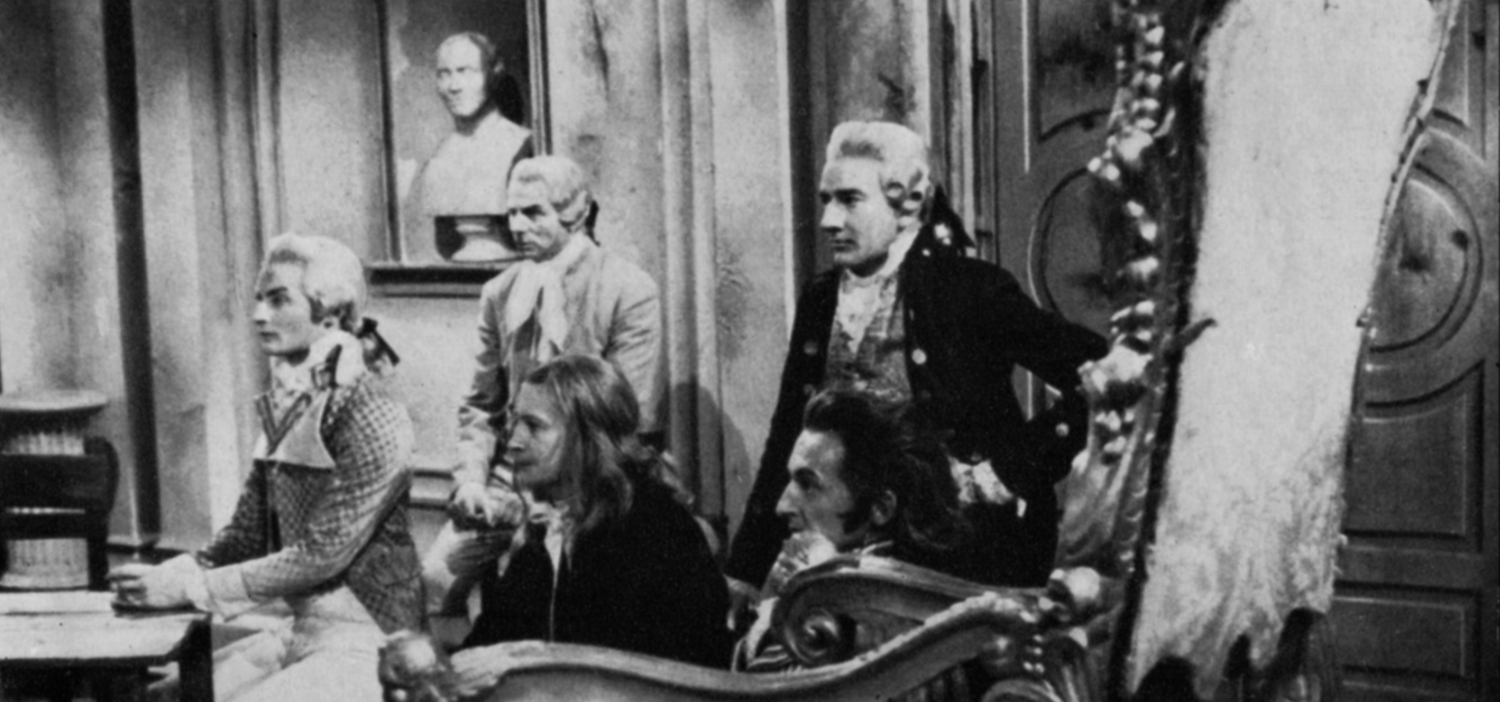
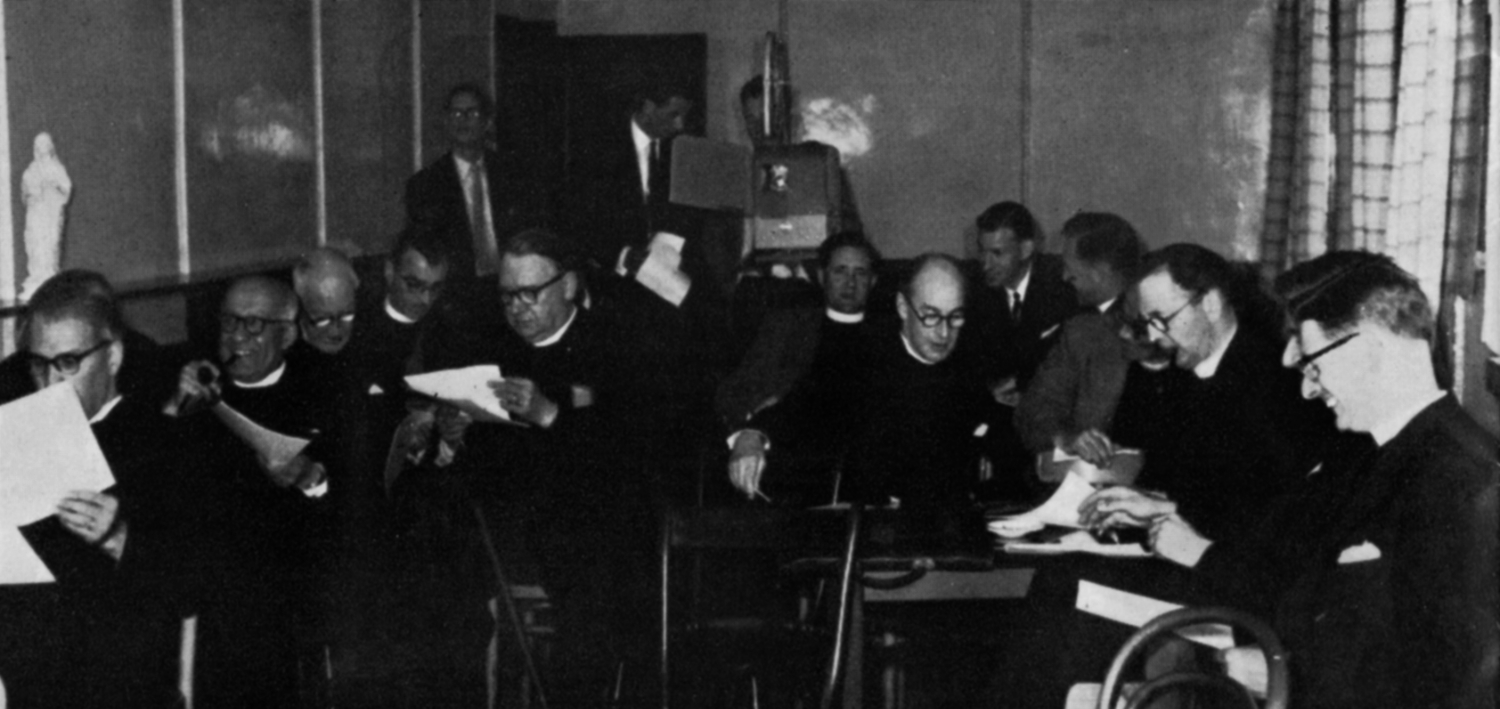
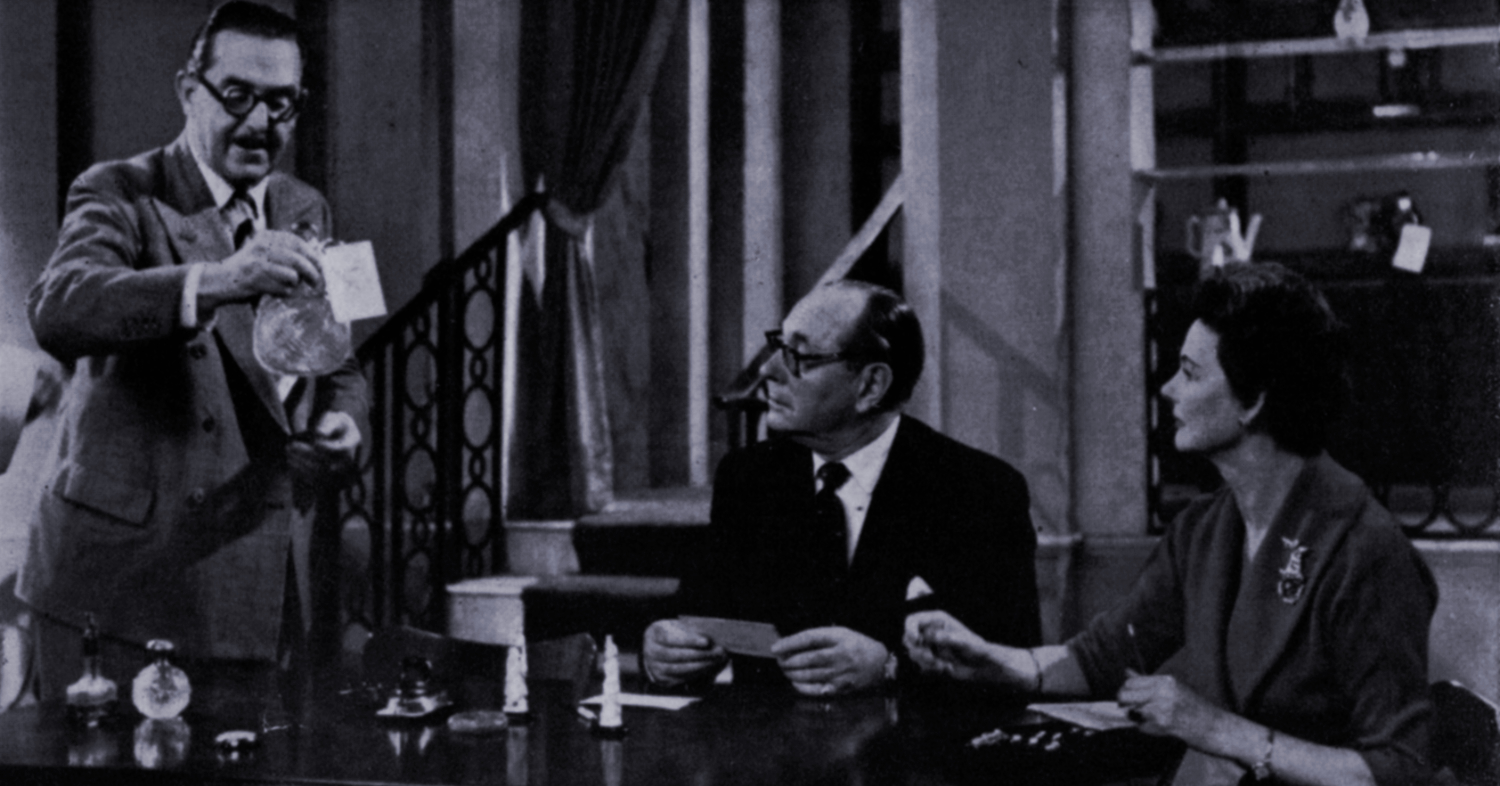
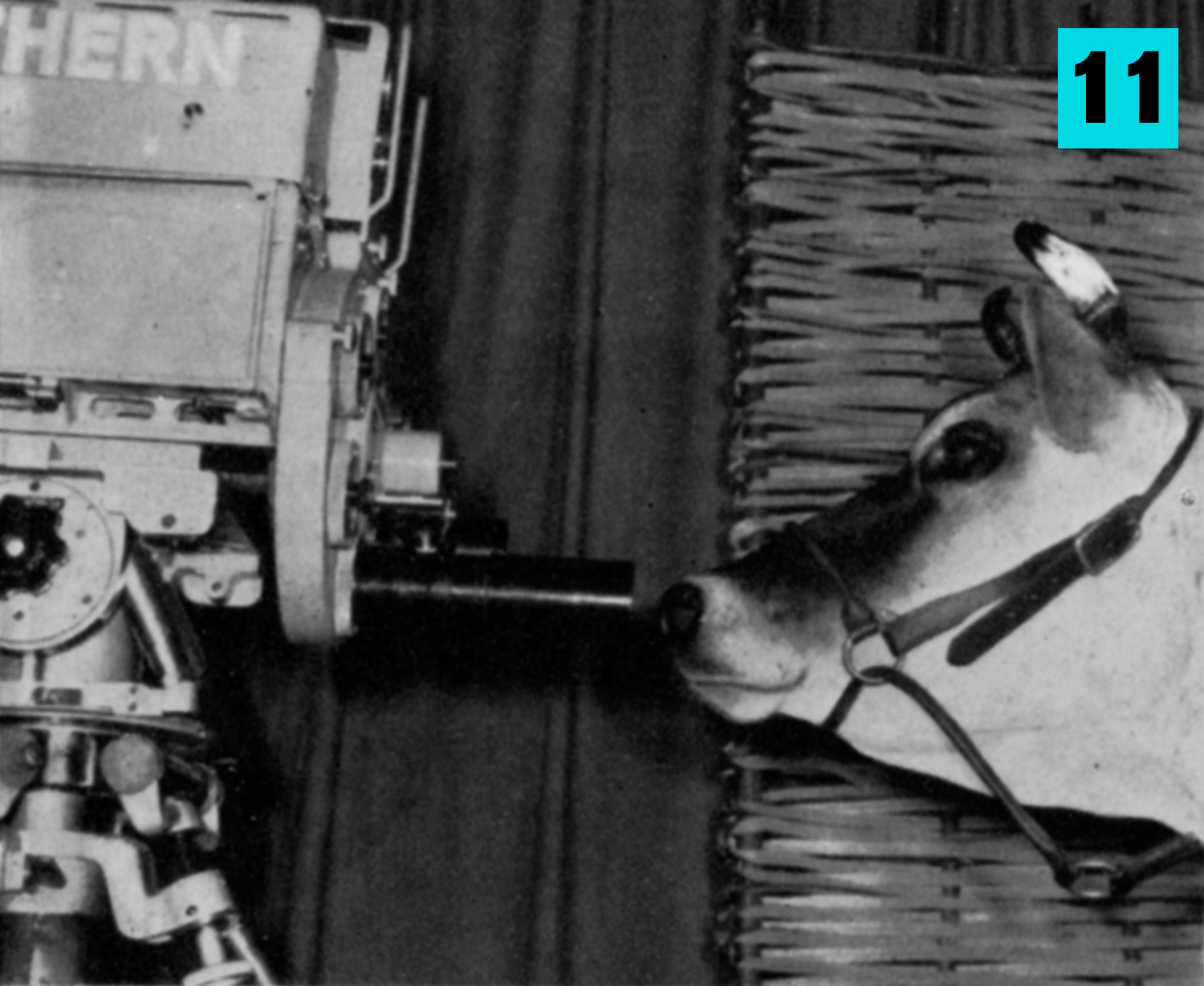
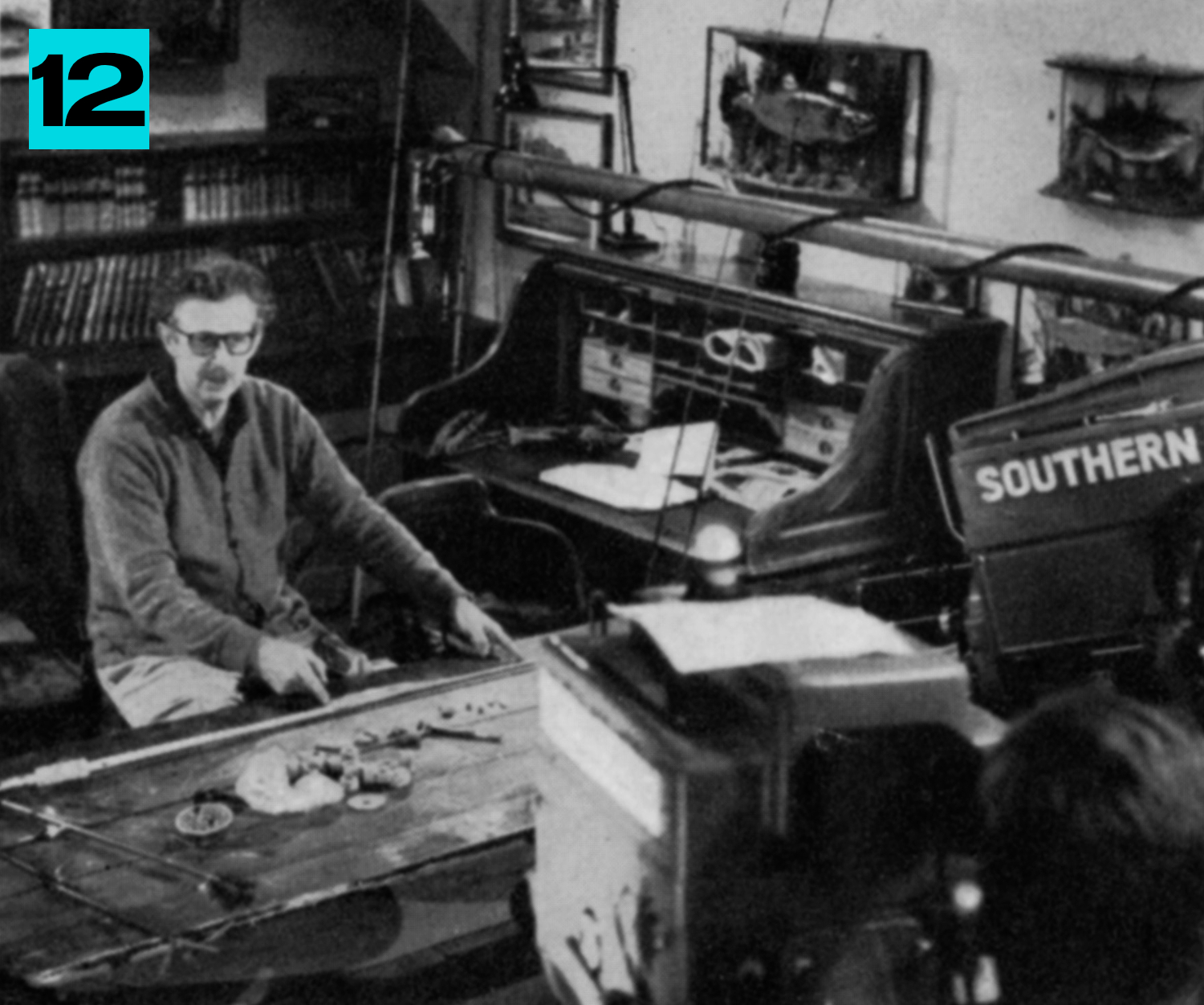
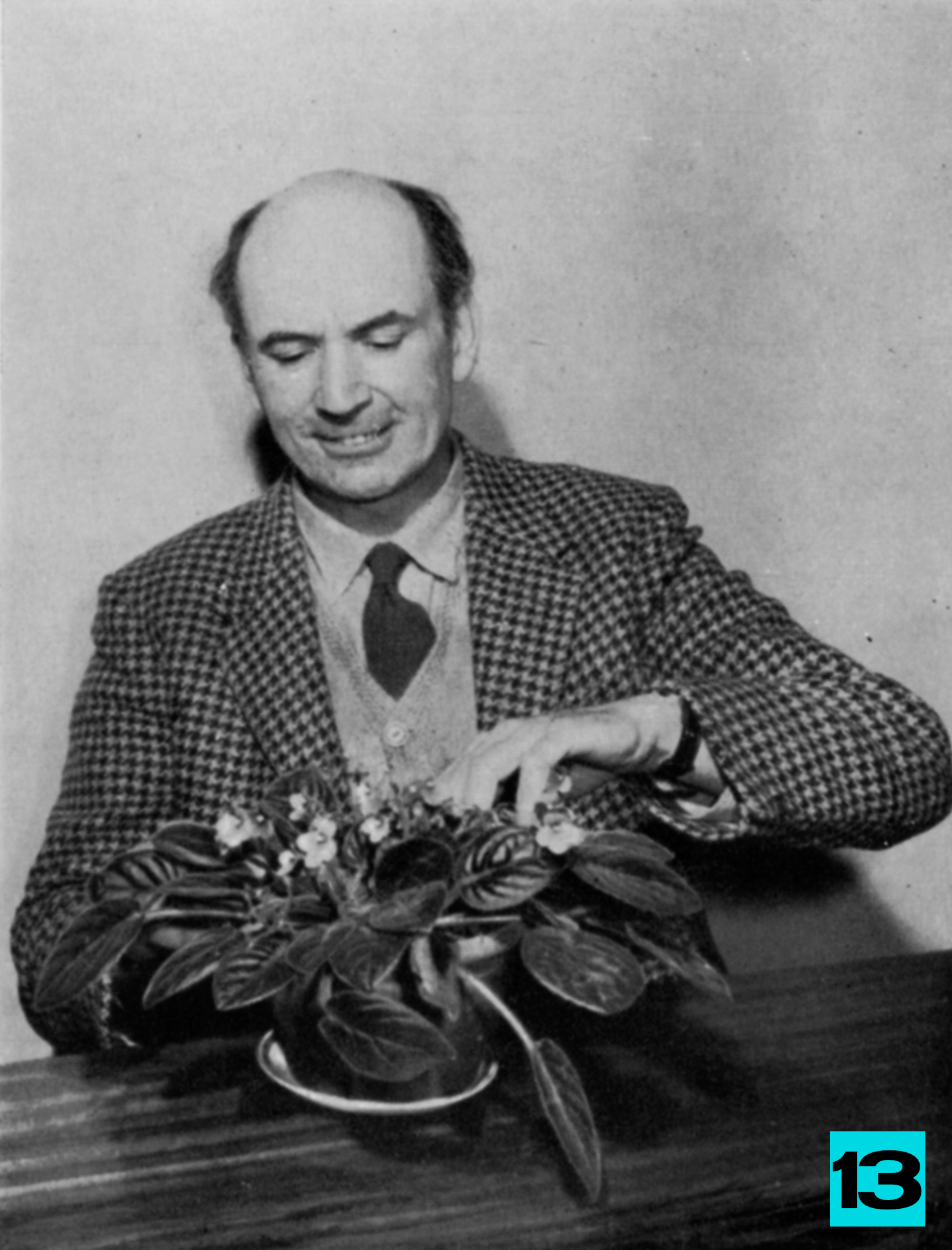
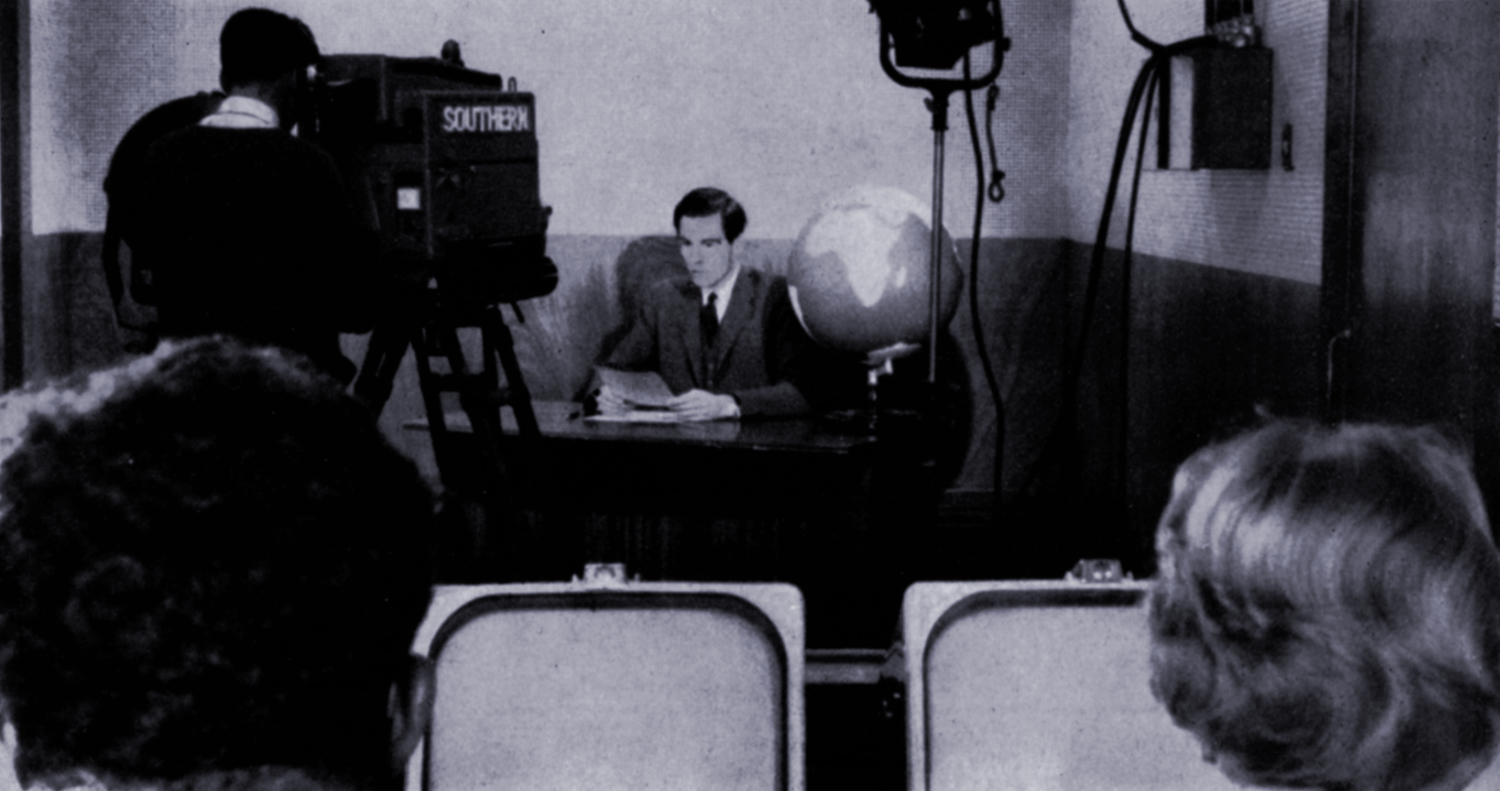
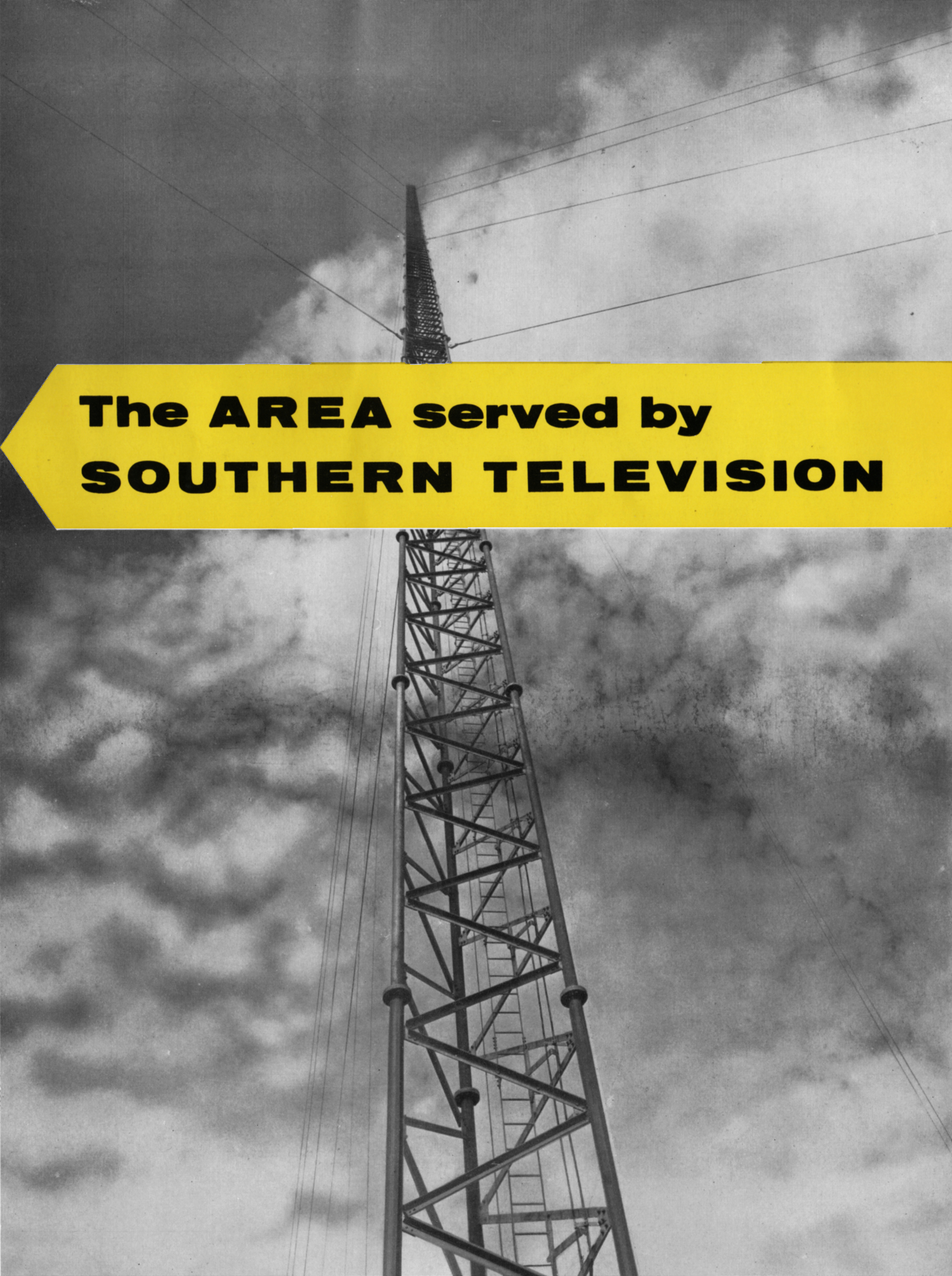

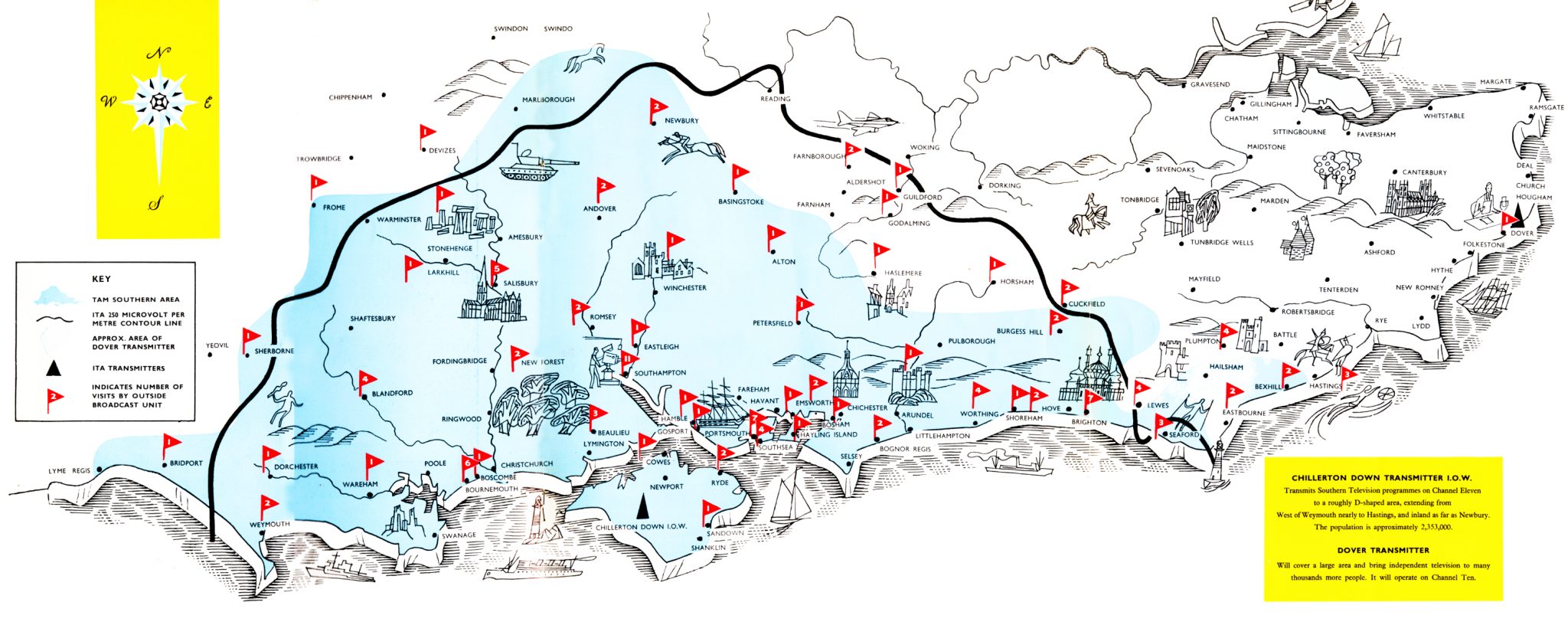

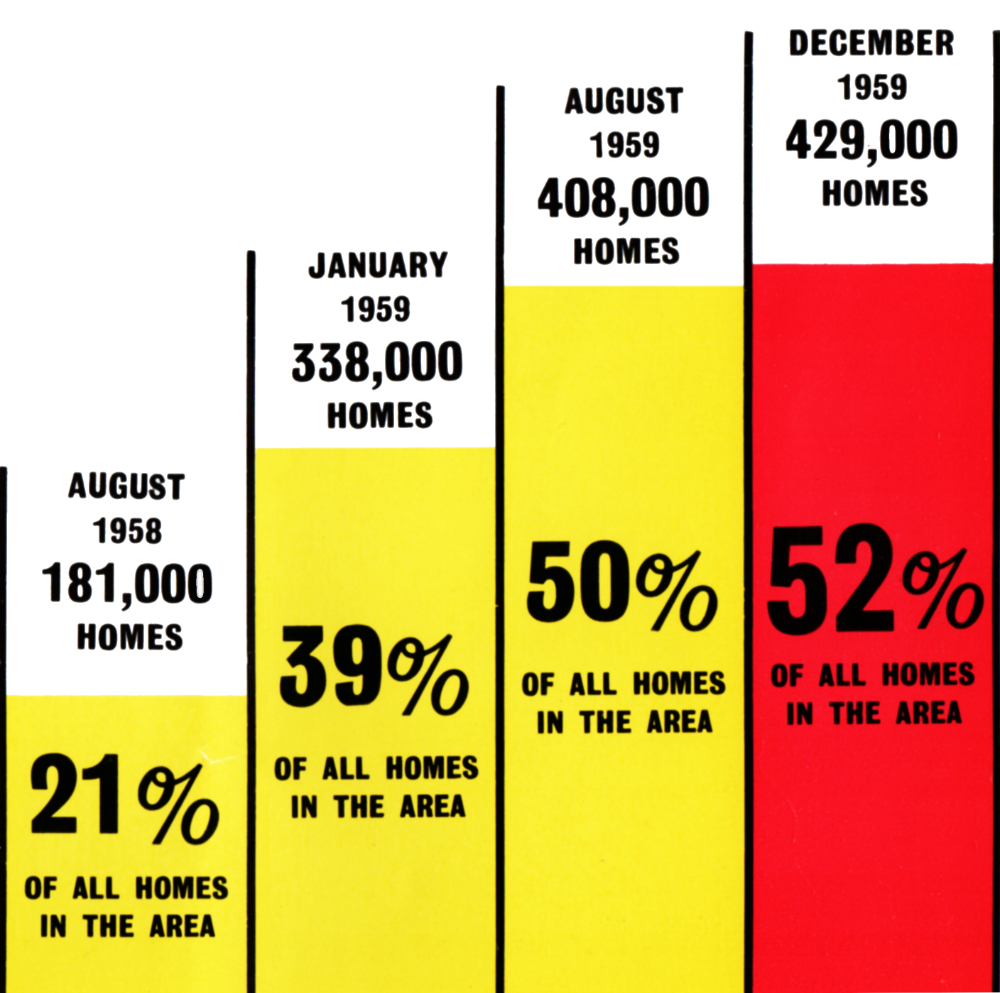

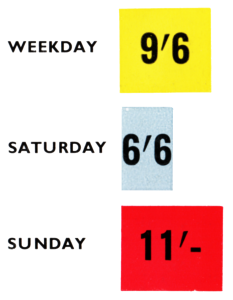
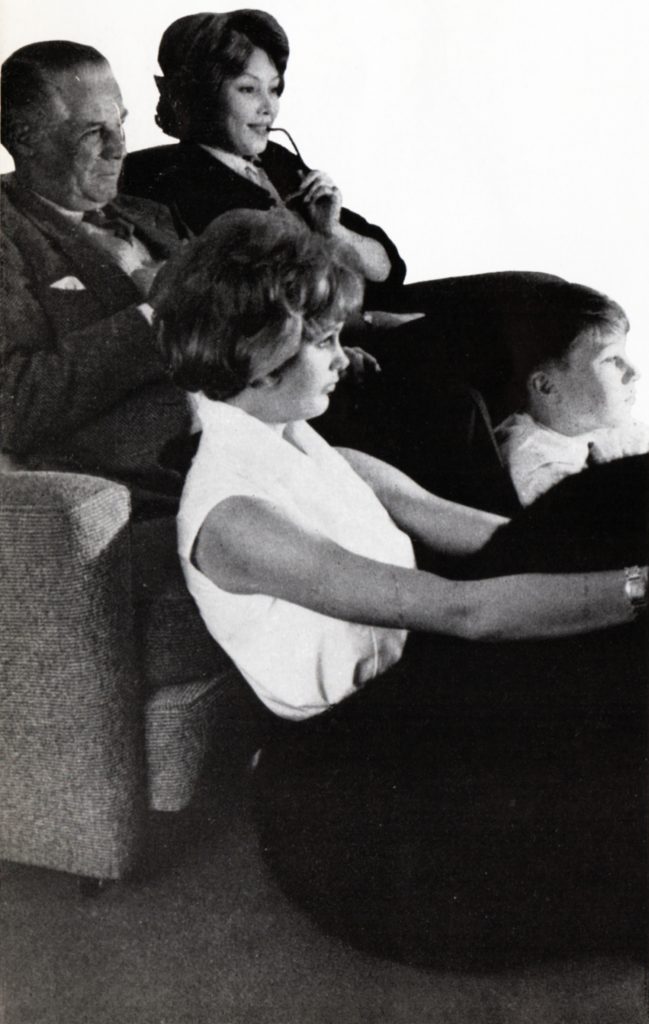
 Southern Television has a coverage of 52% of homes in the Southern I.T.V. area, and 1,425,000 viewers. Every kind of product shown on T.V. in Britain has at some time been carried by Southern and, for a period of several weeks, more commercial seconds of advertising in total were transmitted than in any other area!
Southern Television has a coverage of 52% of homes in the Southern I.T.V. area, and 1,425,000 viewers. Every kind of product shown on T.V. in Britain has at some time been carried by Southern and, for a period of several weeks, more commercial seconds of advertising in total were transmitted than in any other area!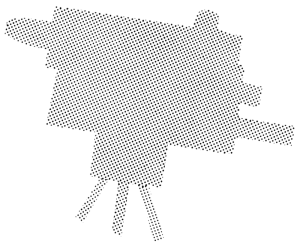 The value of the South as a test area is now well known to many big and small advertisers. Research has shown that the population in the South of England has plenty of money to spend and a way of life which encourages experiments in buying. The amount of money spent per head on certain products and services far exceeds the national average. And being so close to London, the characteristics of the area are very similar to the most important marketing centre in the country. This is why Southern Television enjoys a large test market business. Advertisers can learn so much at such a reasonable cost.
The value of the South as a test area is now well known to many big and small advertisers. Research has shown that the population in the South of England has plenty of money to spend and a way of life which encourages experiments in buying. The amount of money spent per head on certain products and services far exceeds the national average. And being so close to London, the characteristics of the area are very similar to the most important marketing centre in the country. This is why Southern Television enjoys a large test market business. Advertisers can learn so much at such a reasonable cost.
 On the banks of the River Itchen, where it turns from the quiet Hampshire meadows to the bustle of Southampton Water, stands the Southern Television Centre.
On the banks of the River Itchen, where it turns from the quiet Hampshire meadows to the bustle of Southampton Water, stands the Southern Television Centre.